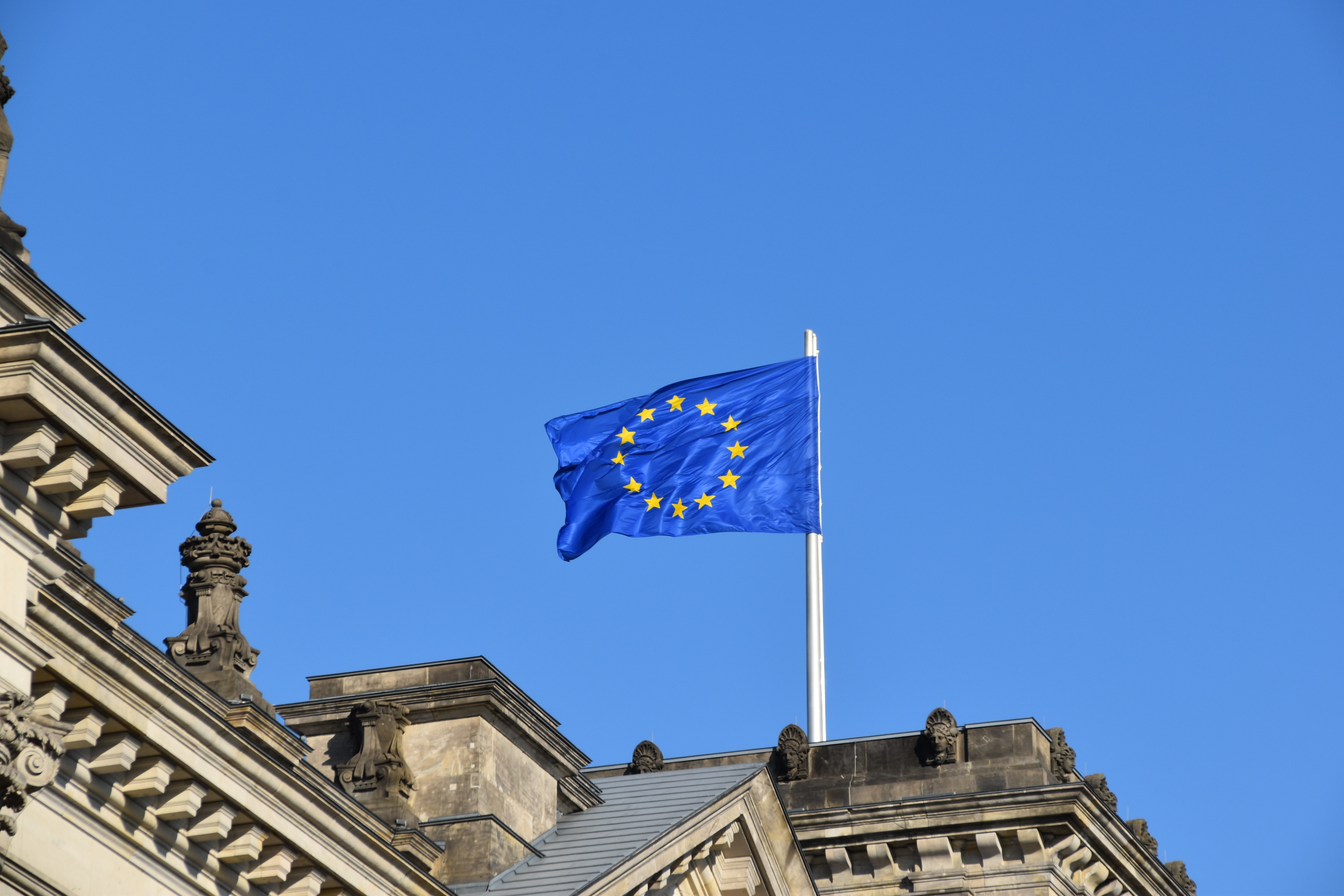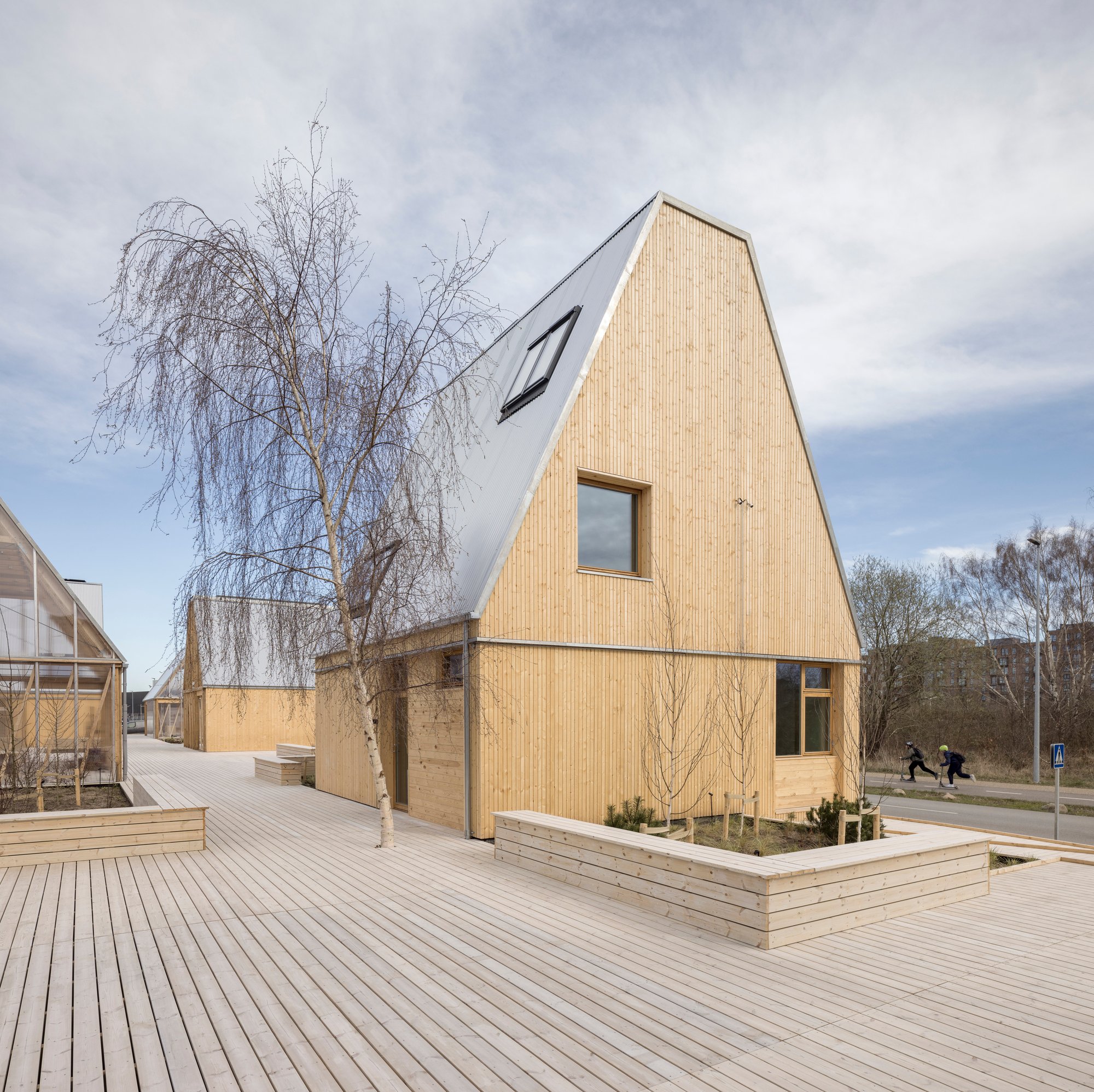News
Buildings
Circular business models
Circular construction
+3
New EU directive targets big energy savings


Ten product groups are facing a series of new EU eco-design and eco-labelling requirements, which will either sharpen or place new demands on these products’ energy consumption, writes EnergyWatch. The new legislation has been ratified by all EU member state, the EU Commission and the EU Parliament.
The new eco-design directive will not enter into force until 2020 and 2021, as impacted producers must have the possibility to adjust design and manufacturing. But when fully implemented in 2030, the directive is expected to reduce the EU’s energy consumption by 167 billion kWh per year, corresponding to Denmark’s total annual energy consumption.
The directive also entails reductions of greenhouse gas emissions by 46 million tons of CO2-equivalents per annum. Moreover, the average consumer in Europe can reportedly look forward to save around EUR 150 per year.
According to the press statement from the Danish Energy Agency, the directive will contribute to achieving half of the union’s energy savings target for 2020.
In Denmark, eco-design and eco-labelling will lead to energy savings of 5.1 billion kWh of the final energy consumption in 2020. For households in Denmark, the average saving on the electricity bills from 2013 to 2020 is approximately DKK 9,000 (EUR 1,205, ed.) for the whole period, the agency writes.
The new directive applies not only the manufacturers’ energy consumption, but also – and for the first time – products will be required to be designed to facilitate effective repair and recycling, just as spare parts must available for at least ten years after product sales are discontinued.
The product groups entailed by the directive include household appliances, televisions, electric motors and frequency transformers.
The directive intends for 85 per cent of total energy and CO2 savings to result from the eco-design requirements, while the remaining 15 per cent will be achieved through eco-labelling.
Thus far in 2019, the EU Commission has ratified 17 energy-labelling and eco-design directives. The latest set of rules should thus be seen as an amendment to existing regulation that has added an extra set of previously unregulated product groups to the list.
Sources:
The Danish Energy Agency (in Danish)
Photo: Waldemar Brandt
You should consider reading
solutions
Energy efficiency in buildings
+2
Living Places: Building low-carbon and more sustainable buildings
23 June 2023publications
Resource efficient production
+15















